Writing
My writing moves across academic research, public scholarship, and creative reflection.
I explore how cities remember and forget – tracing the emotional, political, and spatial residues of urban life.
Whether through peer-reviewed articles, essays, or creative pieces, I’m interested in storytelling as a method: a way of engaging with cities shaped by the weight of spatial and historical rupture, racialized belonging, and the uneven terrain of memory.
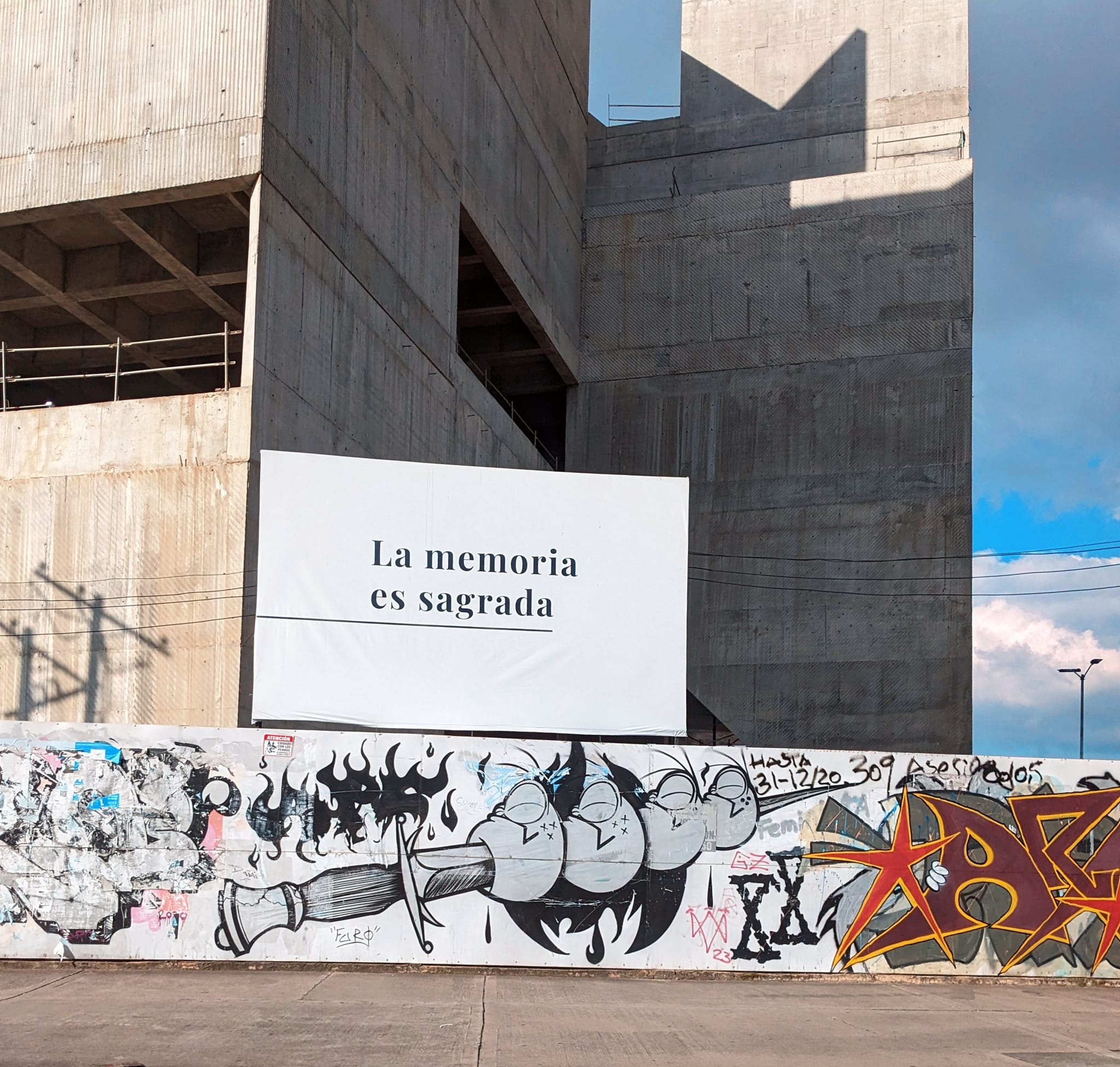
Book Chapters
Walking as Method: Postcolonial Geographies and Curating Narratives of Tiohtiá:ke/Montréal
Co-authored with Nalini Mohabir. Literary Geography in Later Covid, University of Wales Press
forthcoming 2025
This chapter explores how walking can be used as both method and pedagogy in a postcolonial geography classroom. Drawing on a student walking tour assignment developed during the COVID-19 pandemic, we reflect on how embodied engagement with the city of Tiohtiá:ke/Montréal helped students grapple with themes of empire, colonialism, diaspora, and urban inequality. By walking through the layered geographies of the city, students were able to interrogate colonial knowledge systems, engage affectively with place, and rethink official narratives of urban space. We conclude with excerpts from students’ reflections, offering insight into how walking became a tool for postcolonial inquiry and spatial storytelling.
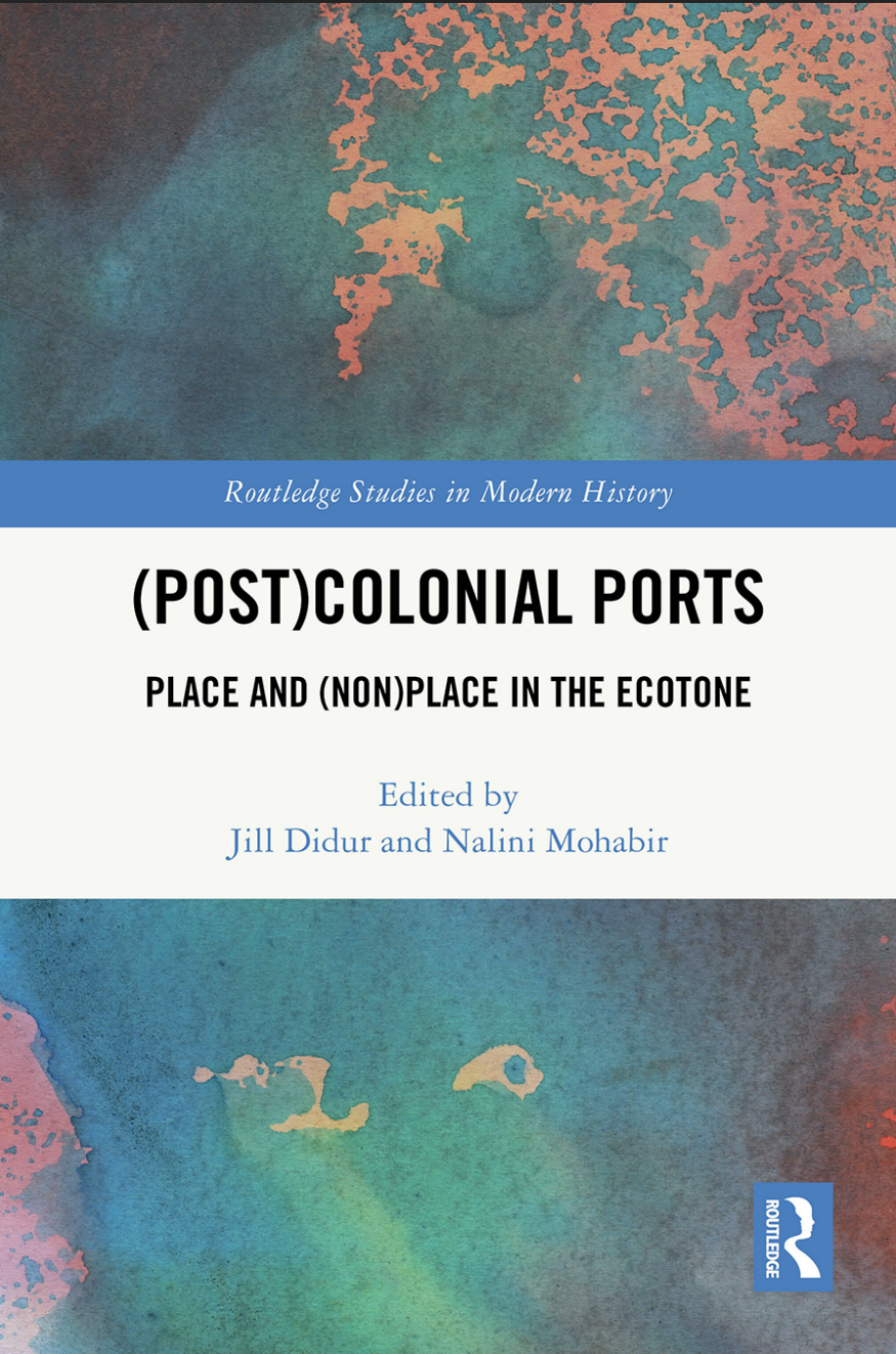
Precious Water and Urban Practices in Ondjaki’s Transparent City
(Post)Colonial Ports: Place and (Non)Place in the Ecotone, Routledge Studies (2025)
This chapter examines how water, infrastructure, and privatization are entangled in the everyday urban struggles of Global South cities, through the lens of Ondjaki’s Transparent City set in Luanda, Angola. Focusing on literary representations of municipal water systems, I explore how the commodification of essential resources exposes broader questions of inequality, governance, and exploitation. Situating the novel within planning discourses that frame water as a precious commodity, the chapter critiques how privatization deepens marginalization in postcolonial port cities shaped by global capital flows. Ondjaki’s work becomes a powerful site to ask: Who controls urban resources—and at whose cost?
Conceptualizing Urban Heritage and Memorialization of Partition in Lahore
Pakistan In Focus: History, Politics and Society, Vanguard Books (2025)
This chapter explores how the traumatic legacy of Partition is remembered and narrated in the city of Lahore—not through official monuments, but through the work of architects, planners, historians, writers, and artists engaged in place-based practice. Drawing on interviews and memory studies frameworks, I examine how these professionals use spatial storytelling to grapple with Lahore’s scarred past and reimagine its urban future. Moving beyond state-led narratives, the chapter foregrounds alternative modes of memorialization that are intimate, embodied, and grounded in the everyday textures of the city.
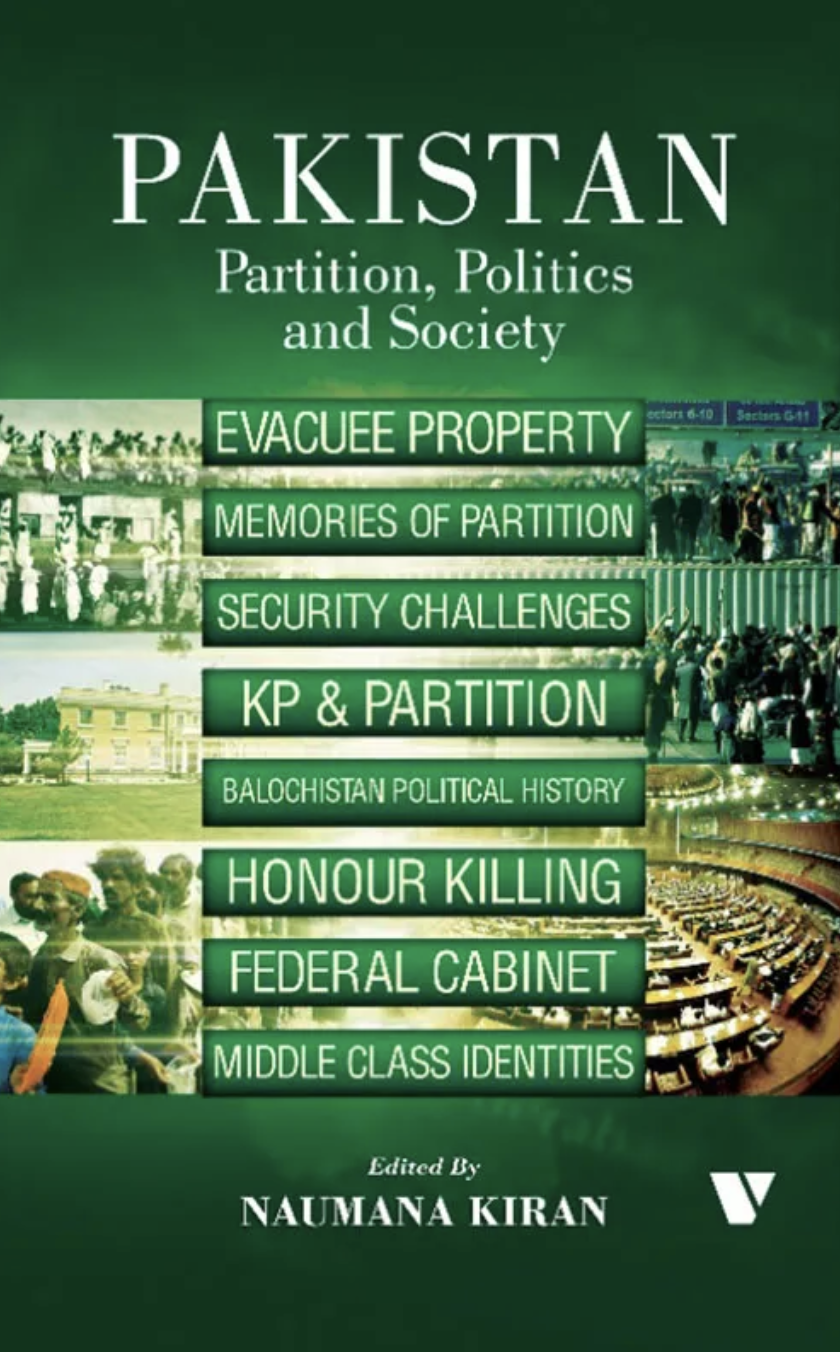
Peer-Reviewed Journal Articles
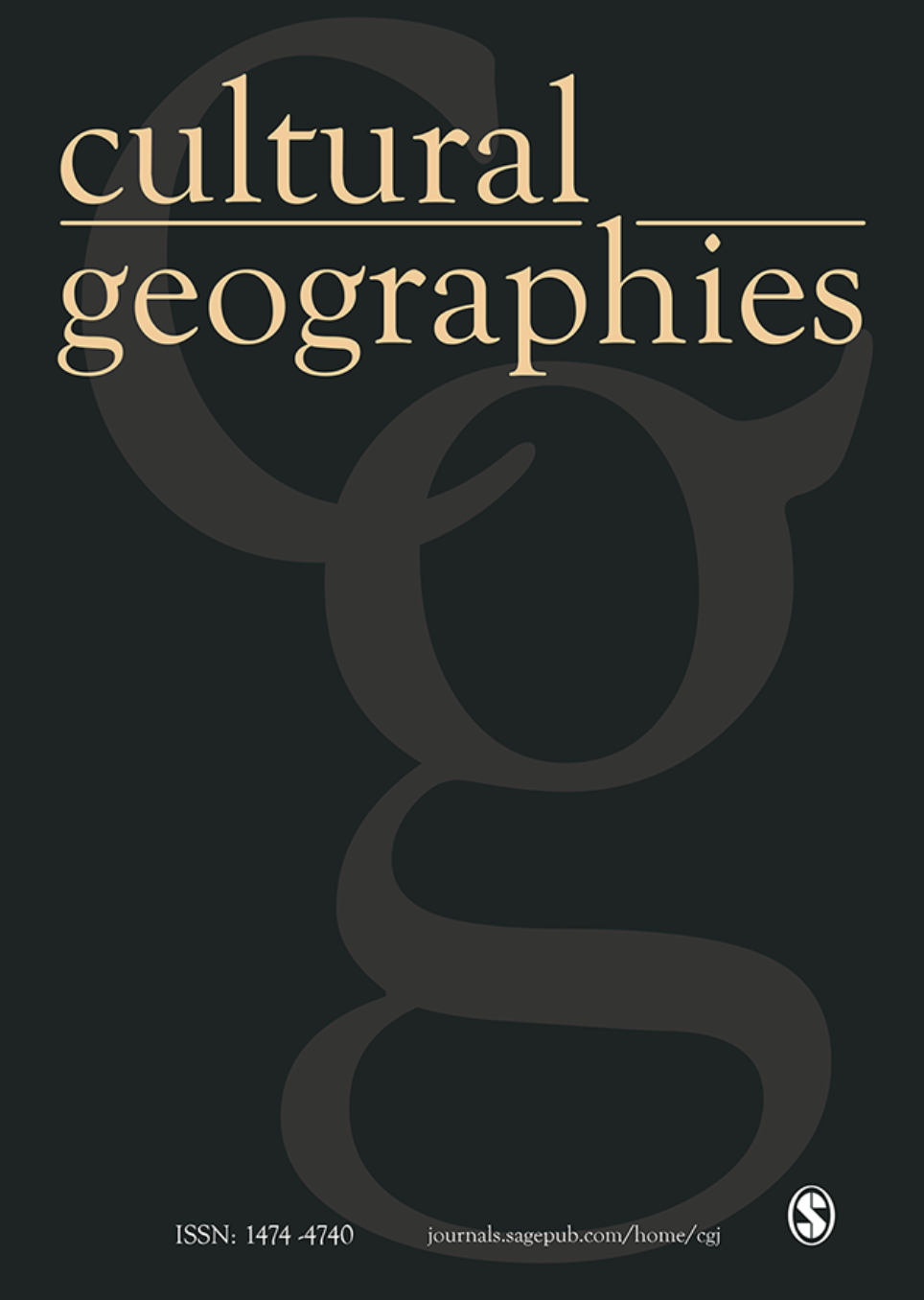
Walking, Storytelling & Melancholy Survivals: Memorialization of the ‘Troubles’ in Belfast’s City Centre
cultural geographies, 31(2), 2023
This article examines how walking and storytelling serve as tools for memory-making in Belfast’s City Centre—a space officially branded as ‘shared,’ yet largely devoid of visible reminders of the Troubles. In the absence of formal memorials, I explore how place-based professionals—planners, architects, heritage workers, and artists—engage with urban memory through embodied narratives and walking practices. Drawing on David Lloyd’s concept of “melancholy survivals,” I trace how stories and traces of conflict persist in subtle residues across the cityscape. Through walking interviews, I argue for a form of memorialization that is dynamic, affective, and resistant to sanitized redevelopment agendas.
Homebound: Reflections on Spatial Difference as a Suburban Child
Literary Geographies Journal, 6(2), 2020
This reflective essay explores how children come to understand place through fiction, television, and memory. Drawing on my own experiences growing up in the suburbs, I examine how narrative—both lived and imagined—shapes spatial awareness and belonging. Blending personal reflection with spatial theory, the piece contributes to broader discussions on how youth navigate difference and construct their own geographies. It also builds on my early research into how storytelling becomes a means of spatial orientation, especially in the absence of urban complexity or cultural affirmation.
Spatial Violence & Everyday Borders in Contested Cities: Literary Representations of Walking in Anna Burns’s Milkman
Journal of Urban Cultural Studies, 9(2), 2023
This article explores how walking becomes both resistance and coping strategy in Anna Burns’s Milkman, set in Troubles-era Belfast. I examine how the protagonist, Middle Sister, navigates a city shaped by sectarian surveillance and spatial control through a set of personal tactics—renaming places, ‘reading-while-walking’, and crafting her own narrative logic. Drawing on de Certeau’s theory of everyday practice and trauma theory, I argue that her movements challenge imposed geographies but are also haunted by psychosomatic traces of conflict. The paper positions walking as a literary and spatial strategy to reckon with the city’s contested terrain and lingering trauma.
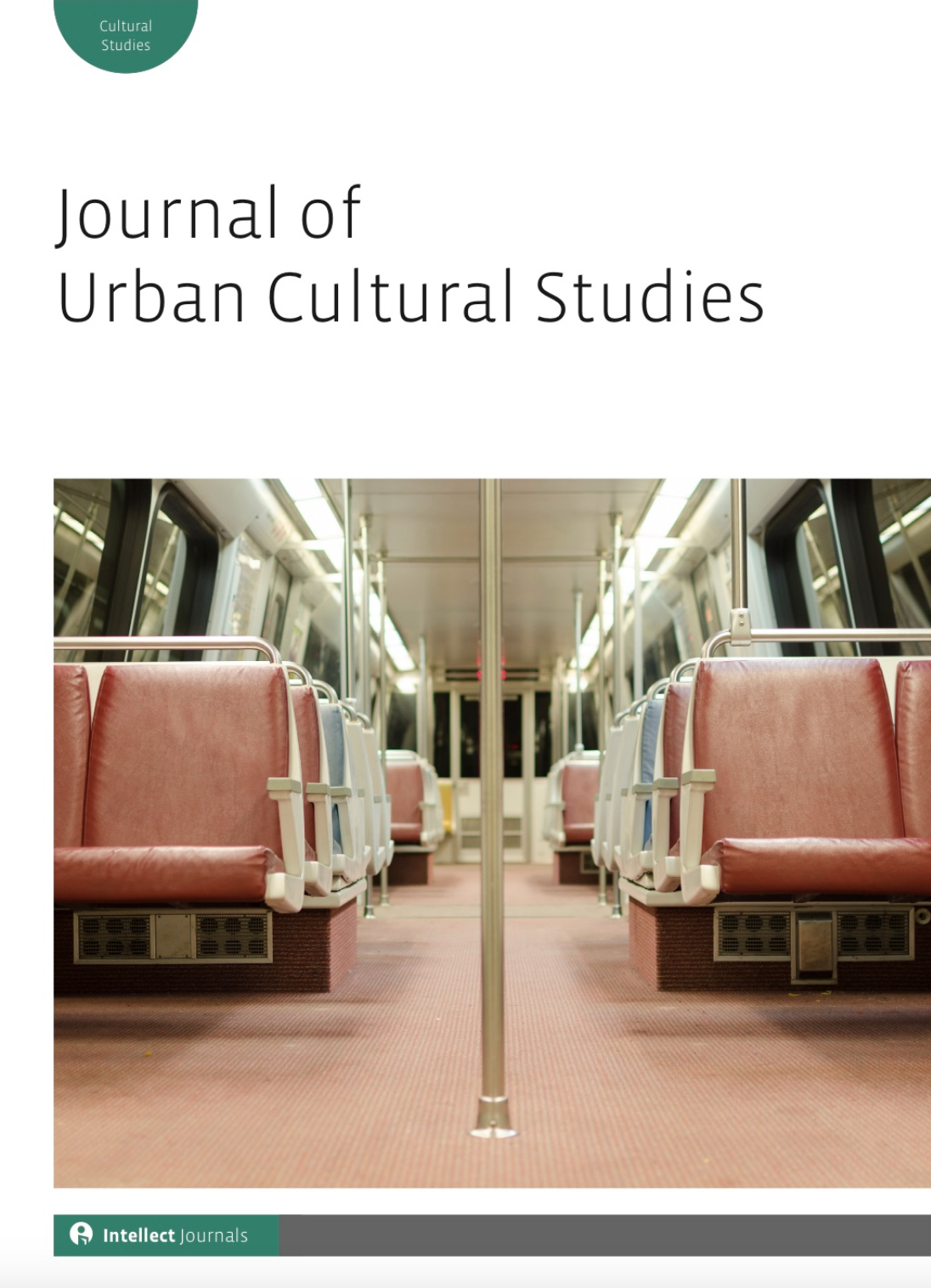
Book Reviews
Review of Belfast Imaginary: Art and urban reinvention by Katharine Keenan. Canadian Geographies, 2023.
Select Non-Academic Publications
A Sense of Place in Toronto’s Inner Suburban Strip Mall
Progressive City Magazine, 2018
This article explores how inner suburban strip malls in Toronto function as vital cultural and social hubs—spaces where racialized communities gather, express identity, and resist displacement. Drawing on literary depictions in works by Catherine Hernandez, David Chariandy, and Carrianne Leung, I reframe these malls as “third places” rich in meaning, rather than urban leftovers. Using a literary lens, the piece challenges dominant planning narratives and highlights the need for more nuanced understandings of suburban place-making. The article has also been cited in academic research on racialized public space, affirming its relevance across both public and scholarly conversations.
Looking for Jyoti, Looking for Myself: The Brown Girl on Degrassi Junior High
The Aerogram, 2018
In this article, I examine the underrepresentation of racialized characters on the 1980s series Degrassi Junior High. Although the series was praised for addressing social issues and including diverse characters, I argue that its multicultural representation was superficial, and that non-white characters were primarily used to support white storylines. Such portrayals reinforce the idea that racialized characters only exist as background, and never as active participants in the narrative.
This Place: Walking Home
Spacing Magazine/Ethnic Aisle, 2017
This creative non-fiction piece blends personal narrative, geography, and critical reflection to explore walking as a way of knowing and feeling place. Set in the suburban fringes of my hometown, the essay challenges dominant urbanist discourses by foregrounding stories from the margins. Through an embodied, reflective approach, I examine how movement becomes a method for narrating memory, belonging, and identity—an early exploration of themes that continue to shape my research on spatial storytelling and urban heritage.
Place & Privilege: Telling Stories About Places That Aren’t Yours
Progressive City Magazine, 2019
This article calls on planners and other place-based professionals to reflect critically on how they represent marginalized and racialized neighborhoods. It critiques the use of language that exoticizes or stigmatizes communities and emphasizes the need for self-awareness, humility, and positionality in urban storytelling. At its core, the piece is a call for more ethical and accountable place-making practices—ones that center respect, relationality, and the voices of those who actually live there.
Gerrard Street Bazaar: Unpacking the Good, the Bad, & the Uncomfortable of Toronto’s Local History
The Aerogram, 2015
This article revisits Toronto’s “Little India” on Gerrard Street, offering a critical look at its layered history—beyond the celebratory tone of most walking tours. While the strip emerged as a cultural hub for South Asians in the 1970s, it was also a site of racial tension, violence, and resistance. I trace the neighbourhood’s overlooked struggles alongside its moments of community solidarity, advocating for more honest, inclusive accounts of Toronto’s urban history—ones that acknowledge discomfort as part of the story.
